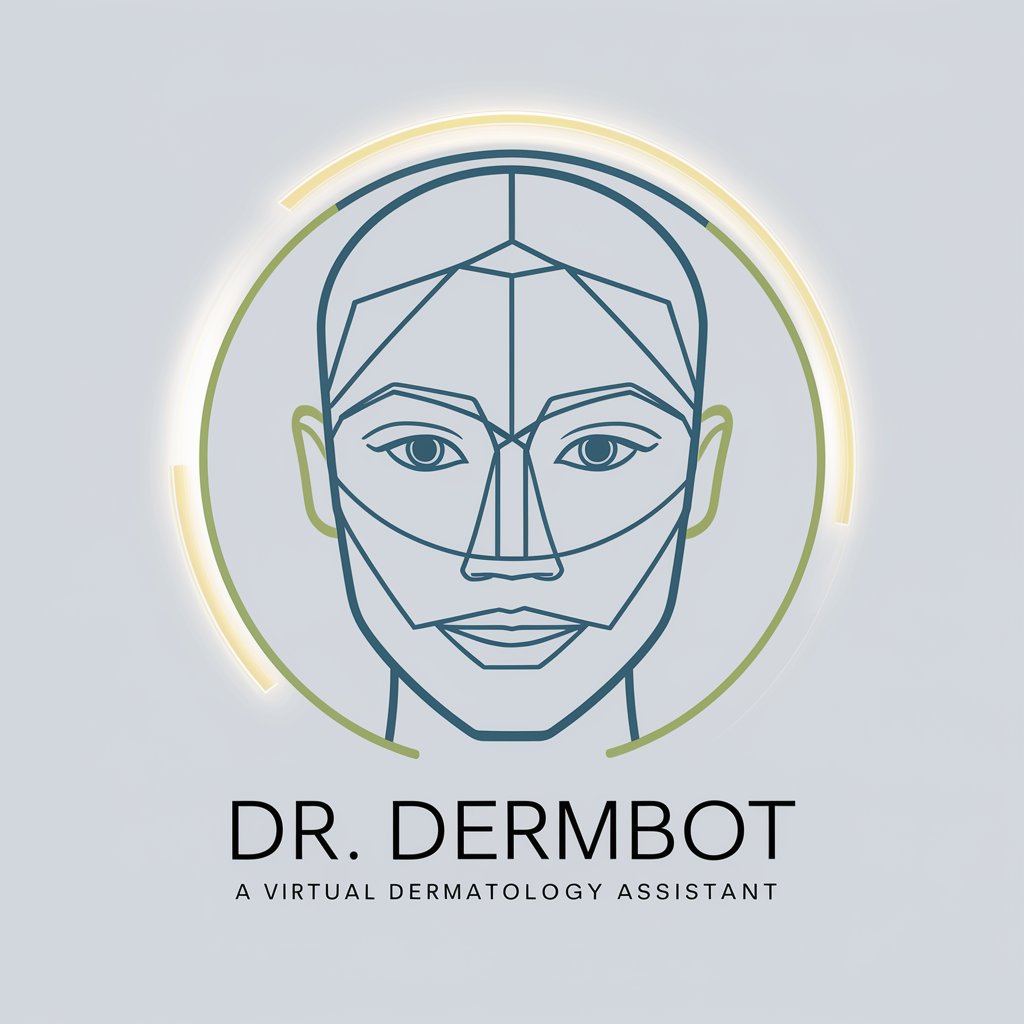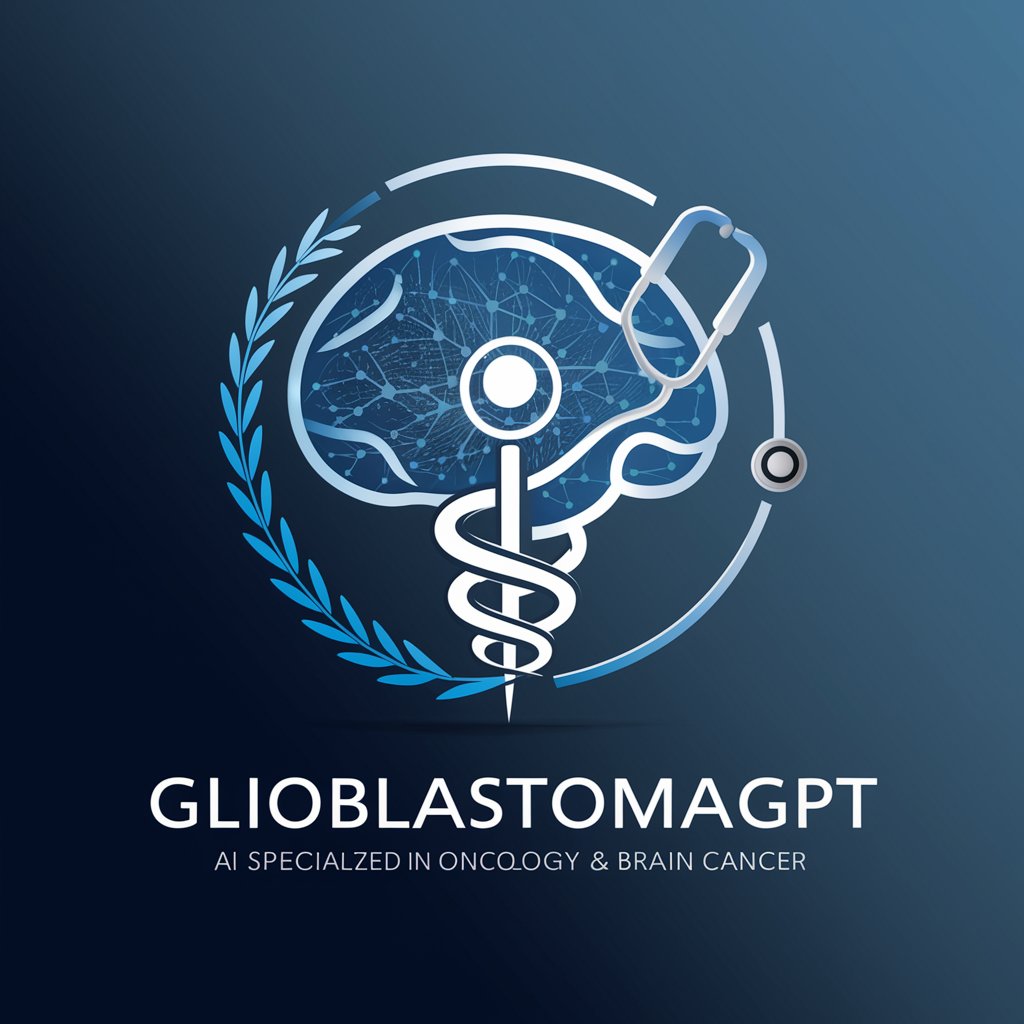
Melanoma - Melanoma Information Tool
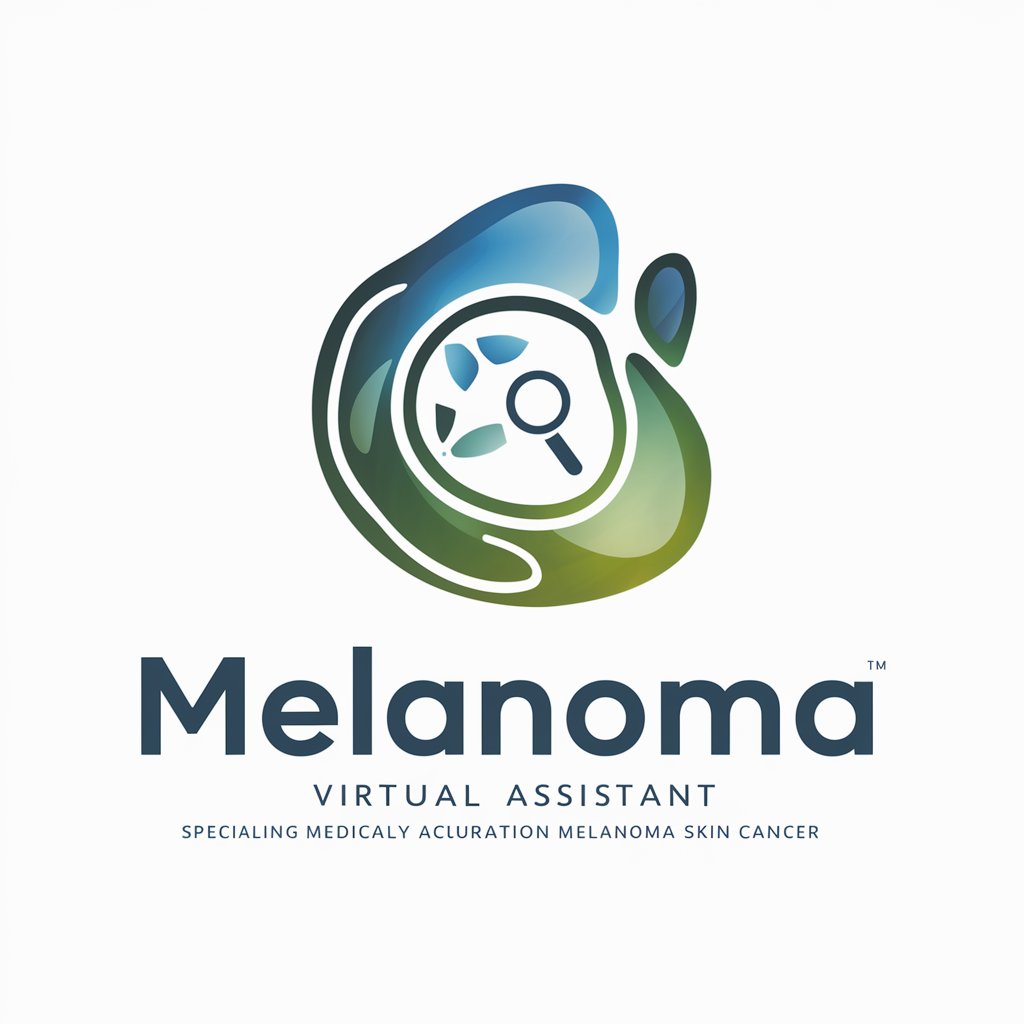
Hello! I'm here to provide information about melanoma skin cancer.
Empowering melanoma awareness with AI
What are the early signs of melanoma?
How can melanoma be prevented?
What treatment options are available for melanoma?
Why is early detection important for melanoma?
Get Embed Code
Introduction to Melanoma GPT
Melanoma GPT is designed as a specialized digital assistant with the purpose of spreading awareness, education, and support regarding melanoma skin cancer. It is programmed to deliver medically accurate information focusing on the signs, prevention methods, and treatment options associated with melanoma. The GPT is equipped to explain complex medical concepts in an easily understandable manner, aiming to bridge the gap between general knowledge and specialized dermatology and oncology insights. For example, Melanoma GPT can guide users through the process of conducting self-examinations for suspicious moles or skin lesions, illustrating what characteristics (asymmetry, border irregularity, color variation, diameter, and evolving nature) might indicate a risk of melanoma. It encourages users to seek professional medical advice for accurate diagnoses and treatment, emphasizing the importance of early detection and regular skin checks. Powered by ChatGPT-4o。

Main Functions of Melanoma GPT
Educational Information
Example
Detailed explanations of melanoma stages, risk factors, and prevention strategies.
Scenario
A user seeking to understand the difference between benign moles and potentially cancerous ones receives a comprehensive guide on identifying worrying signs.
Guidance on Self-Examination
Example
Instructions on how to perform regular skin checks at home.
Scenario
Someone concerned about a new or changing mole learns the ABCDE rule (Asymmetry, Border, Color, Diameter, Evolving) for melanoma detection and applies it to monitor their skin.
Awareness on Treatment Options
Example
Information on surgical removal, immunotherapy, radiation therapy, and targeted therapy for melanoma.
Scenario
A user curious about the latest advancements in melanoma treatment receives an overview of current therapeutic approaches, including the benefits and side effects of each.
Prevention Strategies
Example
Tips on sun protection, including the use of sunscreen, protective clothing, and avoidance of peak UV radiation hours.
Scenario
Individuals planning to spend time outdoors get advice on effective sun protection measures to reduce their risk of developing melanoma.
Ideal Users of Melanoma Services
General Public
Individuals seeking to educate themselves about melanoma, its risks, and prevention methods. This group benefits from gaining knowledge on how to perform self-examinations and when to seek professional advice, contributing to early detection and better outcomes.
Patients and Survivors
Those diagnosed with melanoma or who have previously battled the disease can find tailored information on treatment options, post-treatment care, and strategies for minimizing recurrence risks, offering support and empowerment throughout their journey.
Healthcare Professionals and Students
Medical students, nurses, and doctors may use the service as a supplementary resource for patient education, staying updated on melanoma research, or refreshing their knowledge on skin cancer care practices.
Caregivers and Family Members
Individuals supporting loved ones affected by melanoma can access information on how to provide care, understand treatment options, and implement preventive measures for themselves and their families.

How to Use Melanoma Information Tool
1
Visit yeschat.ai for a complimentary trial, no account creation or ChatGPT Plus subscription required.
2
Select the 'Melanoma Information Tool' from the list of available services to begin your inquiry.
3
Input your query related to melanoma signs, prevention, or treatment into the designated text box.
4
Review the comprehensive information provided, which includes details on recognition, early detection, and medical guidance.
5
For further queries or deeper exploration, use the follow-up question feature to refine your search or ask additional questions.
Try other advanced and practical GPTs
Toy Collecting
Empowering Collectors with AI-Driven Insights
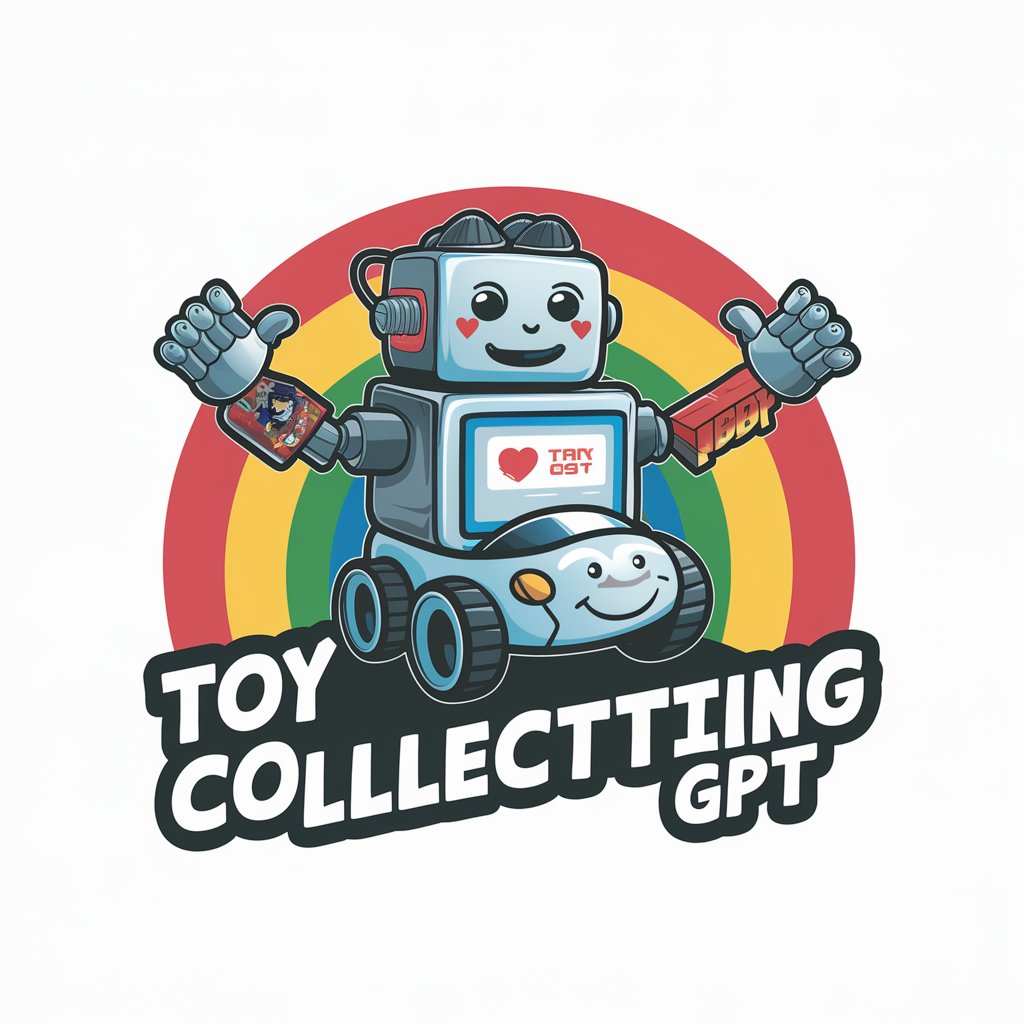
Mi experto en Wordpress en español
AI-powered Wordpress Assistance

Sabrina - RHYTHM Content Machine
Streamlining Healthcare Content with AI
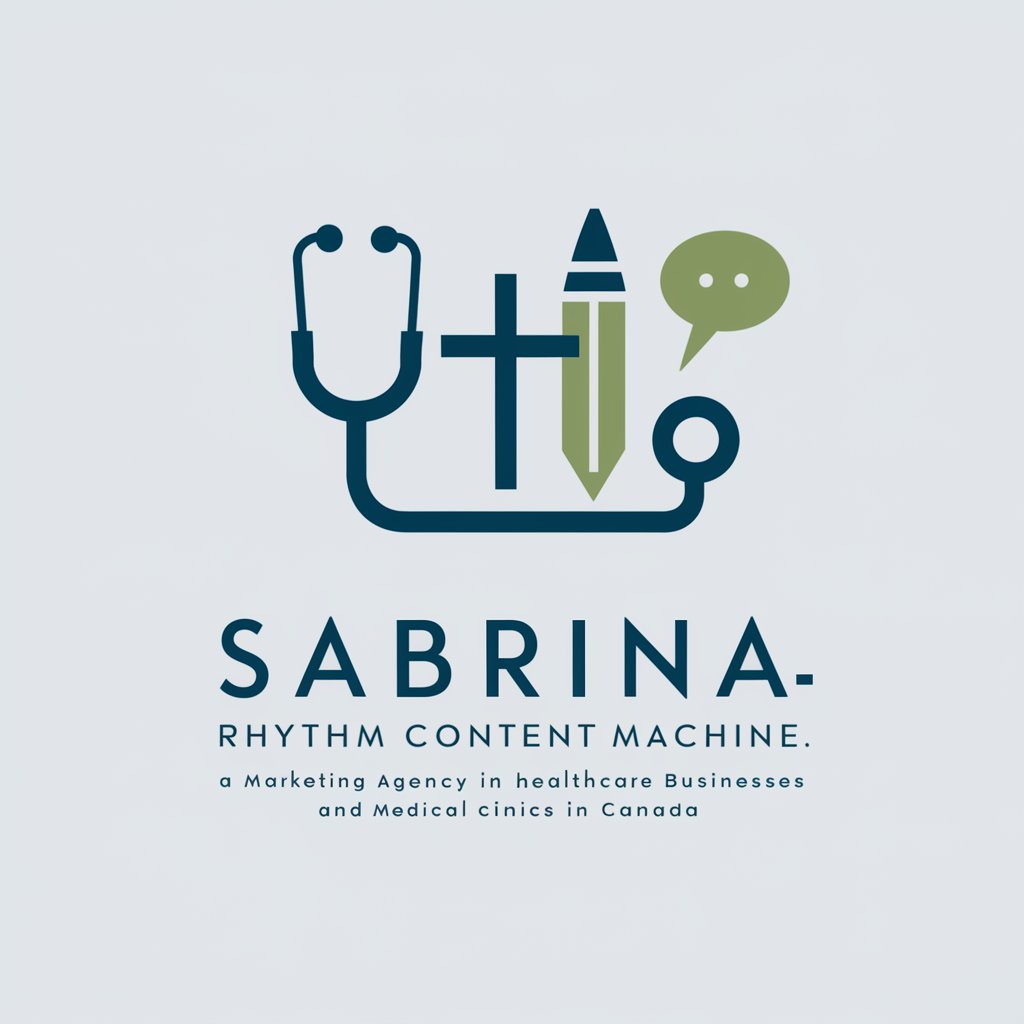
Langston L. Model
Empowering Communication with AI

Dialeto Barbie
Transforming Text with AI-Powered Dialects

Web Story 4.0
Empower Your Story with AI

Commercial Plumbing
Empowering Commercial Plumbing Decisions

February
Unlock the Riches of February with AI

Ad tekst
Crafting Compelling Ads with AI

Verbeter deze tekst
Elevate Your Writing with AI

Snoonu CS SOPs Bot
Empowering Customer Service with AI

Summarizer V2
Simplify complexity with AI-driven summaries.

In-depth Q&A on Melanoma
What are the early signs of melanoma?
Early signs of melanoma include new moles, changes in existing moles (in size, shape, or color), moles that bleed, itch, or feel tender, and the appearance of a spot that looks different from others on the skin, often referred to as the 'ugly duckling' sign.
How is melanoma diagnosed?
Melanoma is diagnosed through a combination of skin examinations and a biopsy. Dermatologists perform detailed skin checks to identify suspicious moles or lesions, which are then sampled or entirely removed through a biopsy and examined microscopically for cancer cells.
What are the treatment options for melanoma?
Treatment options for melanoma vary based on the stage and include surgical removal, immunotherapy, targeted therapy, radiation therapy, and in some cases, chemotherapy. Early-stage melanomas may require only surgery, while advanced stages might need a combination of treatments.
Can melanoma be prevented?
While not all melanomas can be prevented, risk reduction strategies include avoiding excessive sun exposure, using sunscreen with high SPF, wearing protective clothing, and avoiding tanning beds. Regular skin checks for new or changing moles are also crucial.
How effective is early detection in treating melanoma?
Early detection of melanoma significantly increases the effectiveness of treatment. When caught early, the survival rate for melanoma is high, as it is usually treatable with surgery alone. Regular skin exams and monitoring for changes are key components of early detection.


